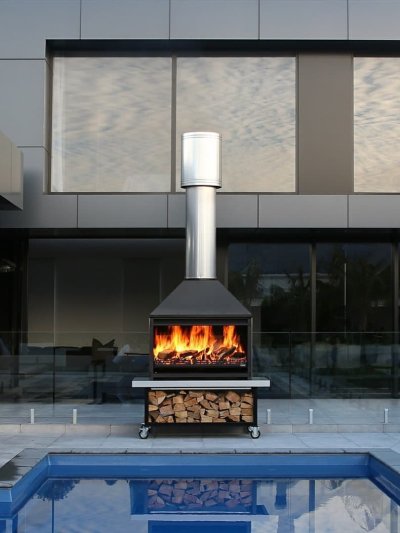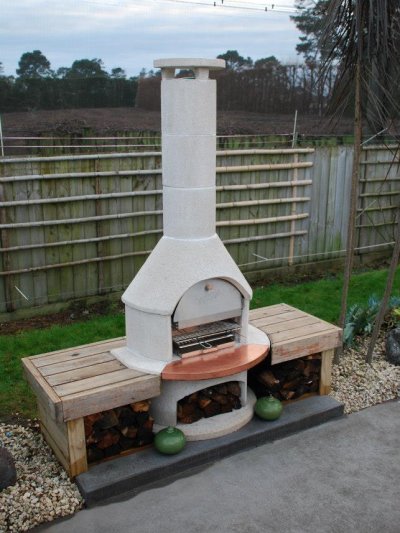Tips & Tricks
Radiant or convection?
Will my fire heat my whole home? A radiant fire is more suitable for high ceilings. A radiant fire releases heat into the room by ‘radiating’ infrared heat directly from the outer surfaces of the appliance, resulting in more heat being retained lower in the room. Great for people suffering from arthritic or circulatory problems.
Convection fires ‘convect’ hot air vertically from the top of the fire resulting in the home being heated from the ceilings down. Generally better suited for insulated homes with standard height ceilings, convection fires heat more evenly throughout the home and operate with cooler cabinet surfaces.
Can I have a wetback?
Yes! There are many models to choose from that can have an approved wetback fitted.
The larger the kilowatt rating of the fire, the more efficient the wetback will be.
How long will my fire last?
Most fires will last between 12 – 20 years or longer if well maintained. A key to this is always burning dry, seasoned wood with low moisture content and replacing the consumable when required (e.g. fire bricks, baffles, air tubes etc).
Will the fire burn through the night?
There are 2 types of fires on the market.
Clean air fires and non-clean air fires.
Non-clean air fires are your traditional slow burning fire. These are still available but are for rural properties (over 2 hectares) only.
The clean air regulations state if you have less than 2 hectares of land then you must have a clean air fire.
Will my fire heat my whole home?
A correctly sized fire is very important. Too large and it will be forever running on low, causing poor combustion and creosote buildup, restricting the flue updraft.
Too small and it will fail to generate enough heat to warm the area.
What sort of hearth do I need?
We have a range of pre-made hearths to choose from or you could make your own, provided you meet the hearth size set by the manufacturer’s specifications and it is a non-combustible material e.g. concrete or tiles.



Can I burn coal?
In most wood fires NO. But, we do have a range of Multi-fuel fires that can burn both wood and coal.
Do I need a brick wall behind my fire?
Heat resistant boards and brick walls were common back in the day, but with the new range of fires that incorporate flue shields, the distant off the wall can be as little 80-100mm with some fires.
If you have a small space but you want a larger fire, ‘heatshields’ can be attached to the walls which help reflect heat away and decrease the clearances to the walls allowing a closer fit. Have a talk to us if you do have this issue.
How often should I empty the ashes?
Due to the high efficiency of the clean air fires, ash removal should only be necessary every few weeks. Ashes should be cold or scooped with a steel shovel and placed into a steel drum then dowsed with water.
Leave at least a 20-25mm ash base in the fire as this protects the fire base from overheating and promotes greater heat output.
Do I need smoke alarms?
Yes! You need a smoke alarm within 3 metres of every sleeping area to comply with NZ building codes.
Do I need a permit?
- Installing a new fire
- Installing a second hand fire
- Replacing an existing fire with a new/second hand or same model fire
- Relocating an existing fire
How long do the consumables last? e.g. bricks, baffles etc
Bricks, baffles and airtubes are considered ‘consumable’ items. They will need to be replaced to protect the longevity of the fire and to keep it working efficiently. These parts can wear faster depending on the frequency of use and how hot you burn your fire.
How often do I need to get the chimney cleaned?
We recommend you have your chimney cleaned every year at the end of winter or before the next winter season. Some insurance companies also require your chimney to be cleaned yearly. Check with your insurer.
